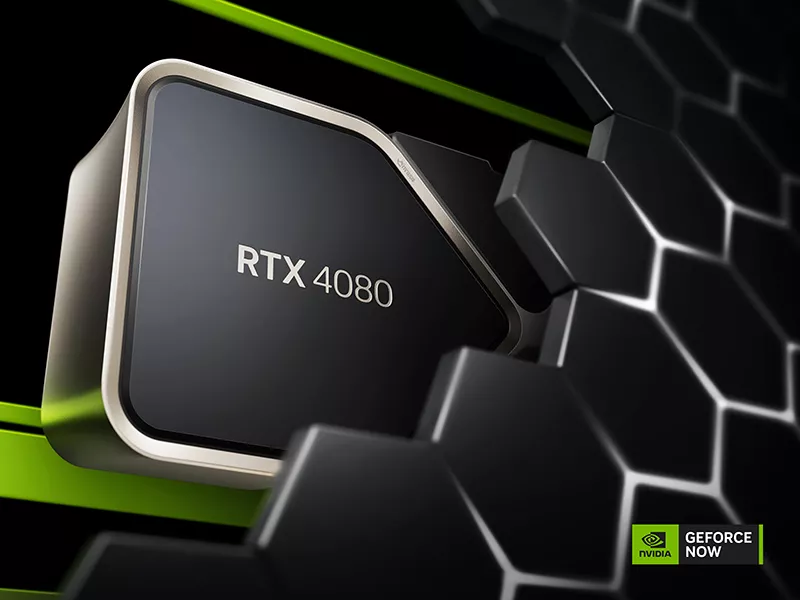In the dynamic retail landscape, the distinction between brick-and-mortar and e-commerce is not just blurring; it's merging. E-commerce, once seen as a competitor to physical stores, is now a powerful complement, offering new avenues for growth and customer engagement. This evolution mirrors the transformation seen in the restaurant industry with the advent of services like DoorDash and Uber Eats. Just as these platforms have opened new opportunities for restaurants, e-commerce can similarly revolutionize traditional retail stores.
Bridging Physical and Digital Worlds
The synergy between brick-and-mortar stores and e-commerce is akin to the relationship that has developed between restaurants and food delivery services. Before the rise of DoorDash and Uber Eats, restaurants primarily served dine-in customers. These platforms expanded their reach, allowing them to tap into a customer base that prefers dining at home. Similarly, e-commerce enables physical stores to extend their reach beyond geographical limitations, attracting customers who prefer online shopping or live too far from the physical location.
Increased Visibility and Accessibility
E-commerce websites function like a 24/7 storefront, offering constant visibility that a physical store, with its set hours, cannot. This expanded accessibility means customers can browse and purchase at their convenience, significantly increasing sales opportunities. It's similar to how food delivery services have enabled restaurants to serve customers outside their usual business hours, effectively increasing their operational hours and sales potential.
Data-Driven Insights for Personalized Experiences
One of the most significant advantages of e-commerce is the wealth of data it generates. This data can provide insights into customer preferences and buying habits, enabling businesses to tailor their offerings and marketing strategies. In the restaurant industry, platforms like Uber Eats provide data that helps restaurants understand order trends and customer preferences, leading to more targeted and effective menu planning.
Expanding Customer Base and Market Reach
E-commerce opens up new markets, reaching customers who might never visit the physical store. This expansion is similar to how food delivery services have allowed restaurants to cater to customers beyond their immediate locality. For retail stores, e-commerce can mean reaching a national or even global audience, significantly expanding the customer base.
Enhanced Customer Experience with Omni-channel Presence
An omni-channel approach, where customers can seamlessly interact with a brand across multiple channels (physical store, online store, social media, etc.), is now expected by consumers. E-commerce adds an essential channel to this mix. Just as customers now expect the convenience of ordering food via apps, they also anticipate the ability to shop online from their favorite stores.
Conclusion
The integration of e-commerce into traditional brick-and-mortar retail is not just a trend but a strategic business decision. It offers extended reach, increased sales opportunities, valuable customer insights, and enhanced customer experience. The success stories in the restaurant industry with the rise of DoorDash and Uber Eats demonstrate the untapped potential in adopting a similar approach for retail businesses. By embracing e-commerce, brick-and-mortar stores can unlock new opportunities, ensuring they remain competitive and relevant in today's digital-first economy.




